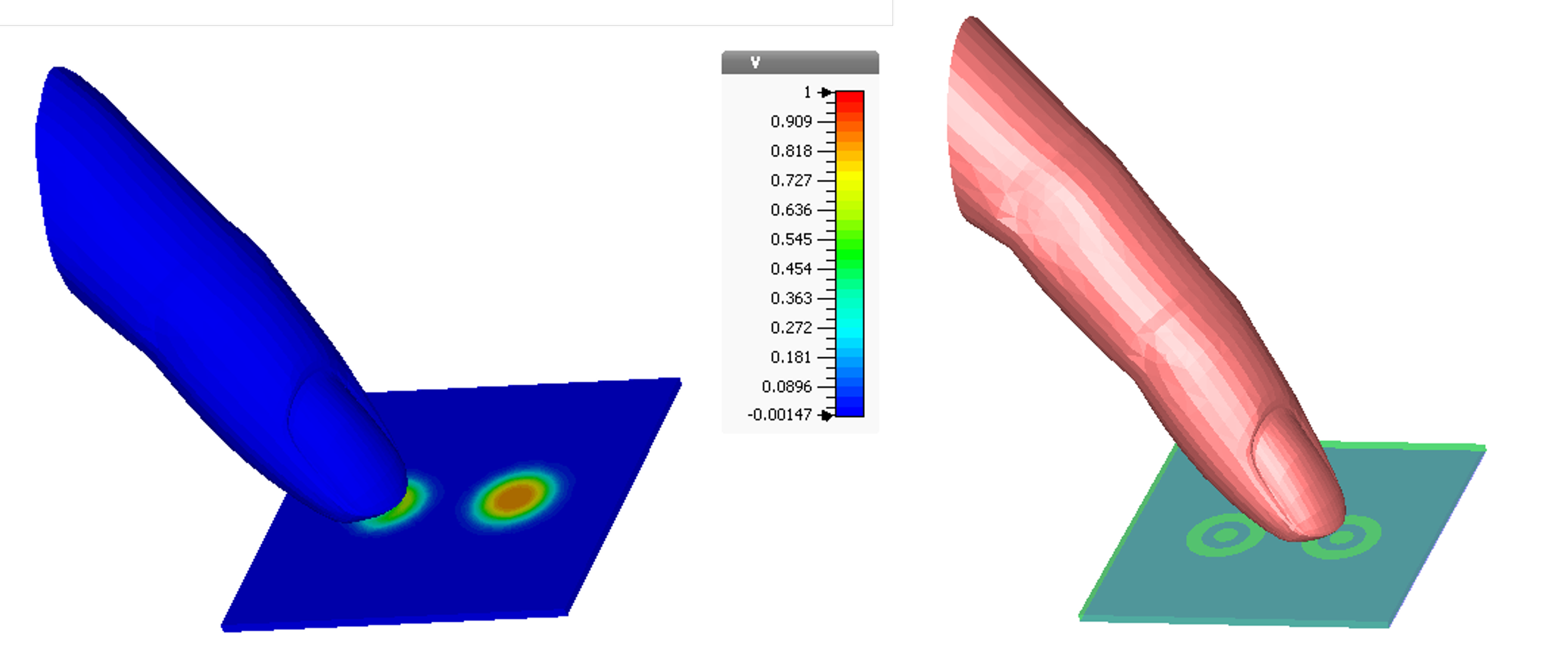Electromagnetic Simulation with SIMULIA
In modern product development, electromagnetic simulations play a vital role in shaping the design process. These simulations give engineers invaluable insights into their products' electromagnetic effects and performance.
By harnessing the power of simulations, engineers can anticipate and avoid challenges that come with electromagnetic compatibility and enhance overall product performance.
This blog post explores how electromagnetic simulations impact product development and how they empower engineers and design teams to create innovative solutions that stay on top of industry advancements.
The impact of electromagnetics in product development
Electromagnetic simulations have become an integral part of the product development process, enabling engineers to understand the behavior of electromagnetic fields and optimize their designs accordingly.
Here are a few areas of product development where electromagnetic simulations play a critical role:
Ensuring Electromagnetic Compatability
Electromagnetic compatibility (EMC) is a big priority in product development. By utilizing electromagnetic simulations, engineers can assess and mitigate potential interference issues. This ensures that the product functions as intended.
Simulations help identify electromagnetic coupling mechanisms and evaluate the impact of electromagnetic interference (EMI) on sensitive components, leading to improved EMC performance.
Electromagnetic Simulations and Modelling
Electromagnetic simulations and modeling enable engineers to analyze and predict the behavior of the electromagnetic fields their products produce.
By creating virtual prototypes, engineers can evaluate the electromagnetic properties of components, optimize designs, and identify potential issues early in the development cycle.
Simulations aid in understanding electromagnetic phenomena, such as signal propagation, radiation patterns, and electromagnetic scattering, allowing for informed design decisions and efficient troubleshooting.
Antenna Design and Optimization
Antennas are integral to wireless communication systems, and their design and optimization significantly impact overall product performance.
Electromagnetic simulations give insights into antenna characteristics, such as radiation patterns, gain, and impedance matching.
Engineers can leverage simulations to assess and enhance antenna performance, optimizing shape, size, and placement parameters. This iterative design process improves signal reception, transmission efficiency, and overall wireless communication quality.
Ensuring Electromagnetic Compliance
All products must adhere to electromagnetic compliance standards and regulations to ensure safety and reliability — electromagnetic simulations help ensure compliance by evaluating factors like electromagnetic emissions and susceptibility to external interference.
Engineers can identify potential compliance issues early on, optimize designs to meet requirements and reduce the need for costly redesigns and retesting.
How do electromagnetic effects impact product design?
Electromagnetic effects significantly impact the product design cycle, influencing signal integrity, interference, and performance.
Engineers trained in creating electromagnetic simulations can anticipate and mitigate these effects, leading to more efficient and optimized designs.
By identifying and addressing electromagnetic challenges through simulations, engineers can enhance product performance, reduce the risk of failures, and improve reliability in real-world electromagnetic environments.
Software and Tools for Creating Electromagnetic Simulations
Every engineering and product design team needs to be able to create robust, precise, and predictable electromagnetic simulations easily. And choosing the right software for you can seem daunting with so many options available.
Here, we'll break down the main benefits that Dassault Systeme's SIMULIA Electromagnetic Engineer provides and how its features enable you to create flexible and accurate simulations.
Improve Product Performance
The main goal of electromagnetic simulation software is to improve overall product performance, no matter the industry it's used for.
SIMULIA Electromagnetics Engineer empowers designers and engineers to build better products using various simulation features. Teams can create low to high-frequency (static to optical) electromagnetic simulations and improve facets within a product's development, like antenna design, microwave components, and electro-mechanical devices, using SIMULIA's built-in optimizers.
Reduce Time-To-Market
With the right tool stack, you can quickly bring your products to market.
To get the most out of your electromagnetic simulations, the software you choose needs to have a seamless, modern, and uncomplicated interface.
SIMULIA was built to be intuitive for engineers and design teams and is built as a part of the 3DEXPERIENCE platform, making communication and sharing data across functions quick and simple. This transparency lets teams assess the impact of electromagnetic design changes easily.
Minimize Device Malfunctions
A flawless product design requires a range of solid simulation capabilities.
SIMULIA offers powerful simulation methods needed for electromagnetic optimization, like the finite integration technique (FIT), the classical finite element method (FEM), the transmission line matrix method (TLM), as well as hybrid simulation methods.
The platform also provides the tools to identify and mitigate electromagnetic compatibility (EMC) and electromagnetic interference (EMI) risks in electronic devices.
Conclusion
Selecting the right electromagnetic simulation software is critical in unlocking the full potential of your product's design and performance.
Engineers and design teams can confidently navigate electromagnetic challenges by leveraging features like accurate modeling, optimization capabilities, and compliance assessments.
The right tool empowers them to make informed decisions, streamline the design process, and create innovative products that stay on top of industry advancements.
As technology improves, investing in the right electromagnetic simulation software becomes essential for engineers seeking to push the boundaries in product development and product design.


